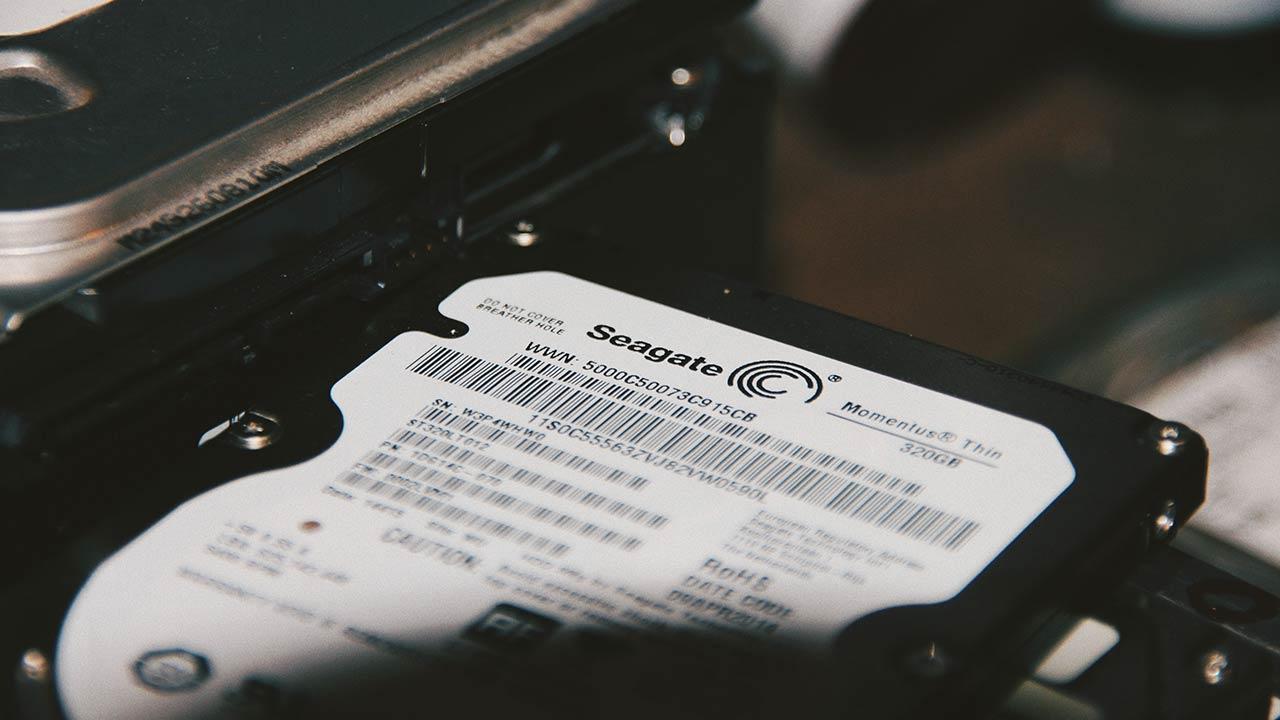But first of all, we need to stop and think if we want to talk to the operating system as it is with all the files stored by cloning the data or if we want to make a clean slate by doing a clean install.
When to clone data
If the computer on which the HHD is replaced by an SSD contains an old operating system that no longer receives official Microsoft supportAs is the case for all versions prior to Windows 10, it is advisable to clone the data from the computer’s hard drive to the new SSD drive that will be used. When Microsoft stops offering support for an operating system, it eliminates all download options through its website.
There is no need to remember that it is from the Microsoft website that we only need to download any version of Windows that we need, since they are original versions with all the functions. If we use torrent files or even Emule, the only thing we will get is to download a modified version which may include malware that steals our personal data.
By cloning the data from the original hard drive to the SSD that we are going to use to replace it, an image of the hard drive will be created that will be restored to the SSD, an image that includes absolutely all files, both those that are part of the operating system and files in the form of documents, images and videos that we have stored inside. Once the process is complete, simply replace the hard drive with the SSD and start the computer as usual. Everything will be in the same place as before and we will not have any operating problems with the drivers, a fairly common problem in older versions of Windows.
If we are looking for an application to clone a hard drive, one of the best options available on the market, Open source and, what’s more, it is completely free and we find it in Clonezilla, an application that we can download directly from its website.
When to perform a new installation
When a PC has operating problems or performance and we cannot find the origin of the problem, the solution is to format and perform a new installation from scratch, provided that, and in connection with the previous point, we have a installation media for the version of Windows we want to install. If the computer on which we are going to replace the storage unit is managed by Windows 10, it is advisable to carry out a scratch installation, since until October 2025 we can download Windows 10 in 32 and 64 bit versions from the official Microsoft website.
If we do not want to lose the data stored on the hard drive, we can make a backup copy on a USB stick or external hard drive before replacing it. If we don’t have one on hand, we can use a cloud storage platform like MEGA which offers 20 GB of free space or buy an external enclosure where we can place the hard drive and later connect it to the PC with the new SSD and extract the data.











